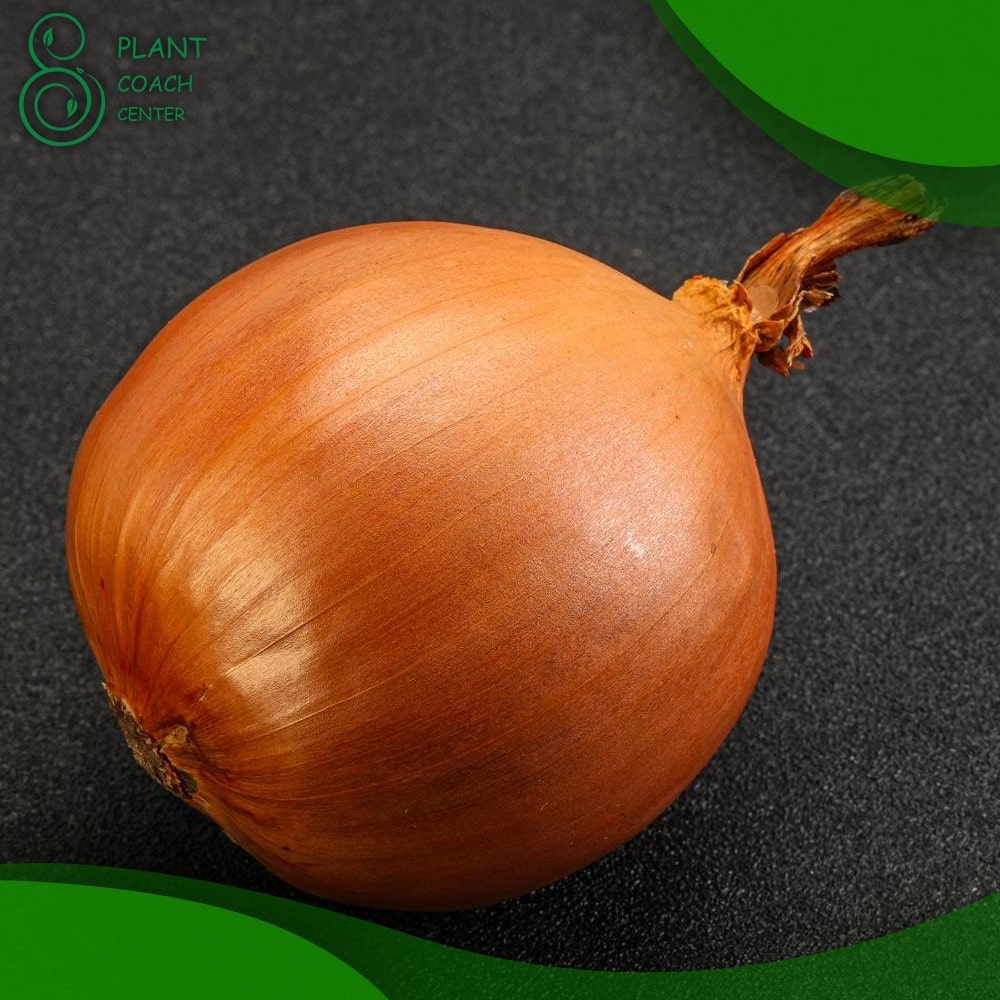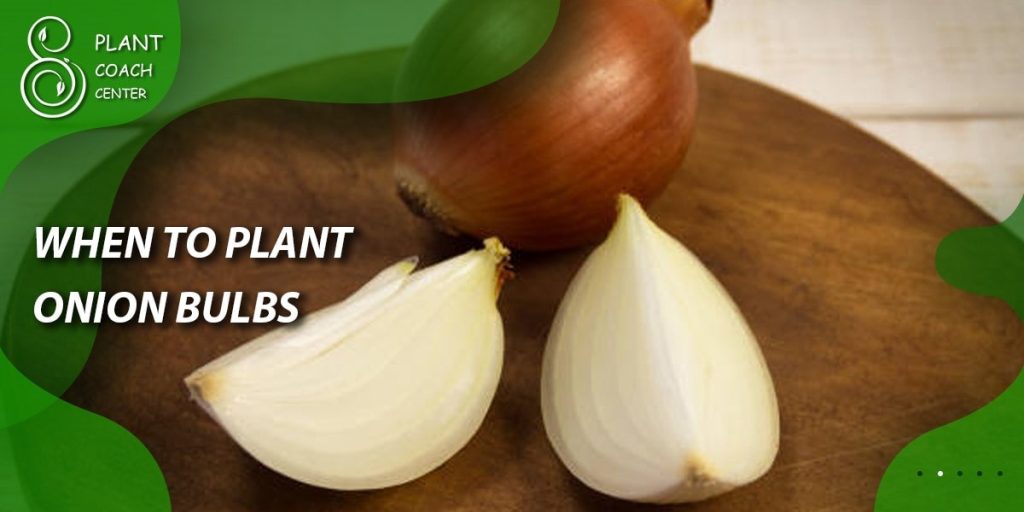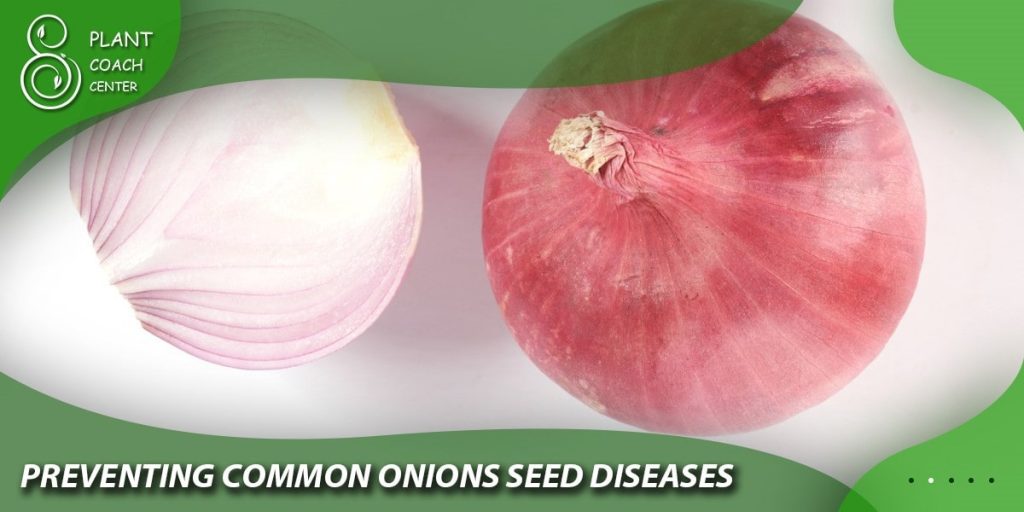When to Plant Onion Bulbs
Welcome to our comprehensive guide on when to plant onion bulbs. In this article, we will explore the ideal timing for planting onion bulbs, taking into account various factors such as climate, soil conditions, and regional variations.
Whether you are a seasoned gardener or a novice plant enthusiast, this guide will provide you with valuable insights and tips to ensure successful onion cultivation. This article is brought to you by PlantCoachCenter.com, your trusted resource for all things related to plant coaching and gardening expertise.
Anatomy of an Onion Bulb
To comprehend the planting process, it’s essential to understand the structure of an onion bulb. An onion bulb consists of layers of modified leaves that store nutrients, allowing the plant to survive adverse conditions. These layers surround the central bud and roots, which develop into mature onion plants.
Benefits of Growing Onions from Bulbs
Growing onions from bulbs offers several advantages over starting from seeds. Here are some key benefits:
Time-saving: Planting onion bulbs allows for earlier harvest compared to growing onions from seeds. Bulbs have a head start in their development, resulting in a quicker maturation process.
Consistent quality: Onion bulbs produce uniform onions with predictable characteristics, such as size, shape, and flavor. This is especially beneficial for culinary purposes and aesthetic appeal.
Disease resistance: Bulbs are less susceptible to certain diseases that affect onion seeds. By starting with healthy bulbs, you can minimize the risk of fungal or bacterial infections.
Convenience: Onion bulbs are readily available at garden centers and nurseries, making them easily accessible for gardeners of all levels of experience.
Factors Affecting Onion Bulb Planting Time
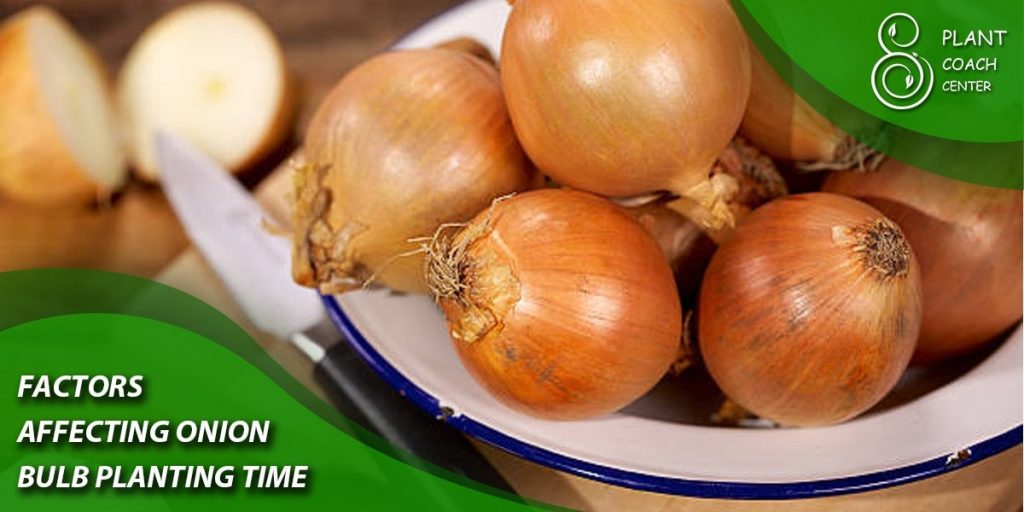
Climate and Temperature Considerations
Onions are categorized as cool-season crops and have specific temperature requirements for optimal growth. The ideal temperature range for onion growth is between 55°F (13°C) and 75°F (24°C). Frost can damage young onion plants, so it’s crucial to consider your region’s climate and the average date of the last spring frost. Planting onions too early in cold soil can stunt their growth, while planting them too late may result in smaller bulbs.
Daylight and Photoperiod Influences
Onions are also classified into different types based on their response to daylight length. This classification helps determine the suitable varieties for different regions. Here are the three main types:
Short-day onions: These varieties require 10-12 hours of daylight to form bulbs. They are well-suited for southern regions with shorter daylight hours during certain seasons.
Long-day onions: Long-day varieties need 14-16 hours of daylight to develop bulbs properly. They are better suited for northern regions with longer daylight hours during certain seasons.
Intermediate-day onions: These varieties have a broader adaptability range and can be grown in various regions. They require 12-14 hours of daylight.
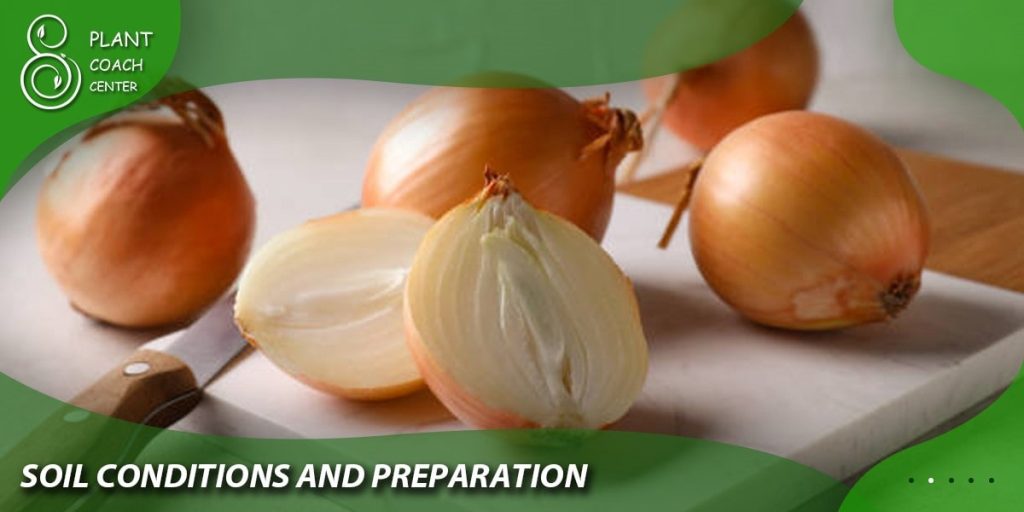
Soil Conditions and Preparation
Onions thrive in well-drained, loamy soil with a pH level between 6.0 and 7.0. Proper soil preparation is essential for successful onion bulb growth. Here are some key considerations:
Weed control: Remove any existing weeds from the planting area to reduce competition for nutrients and water.
Organic matter: Incorporate organic matter, such as compost or well-rotted manure, into the soil to improve its fertility, structure, and moisture retention capacity.
Soil drainage: Onions prefer well-drained soil. If your soil has drainage issues, consider raised beds or amending the soil with perlite or vermiculite to improve drainage.
Regional Variations in Planting Time
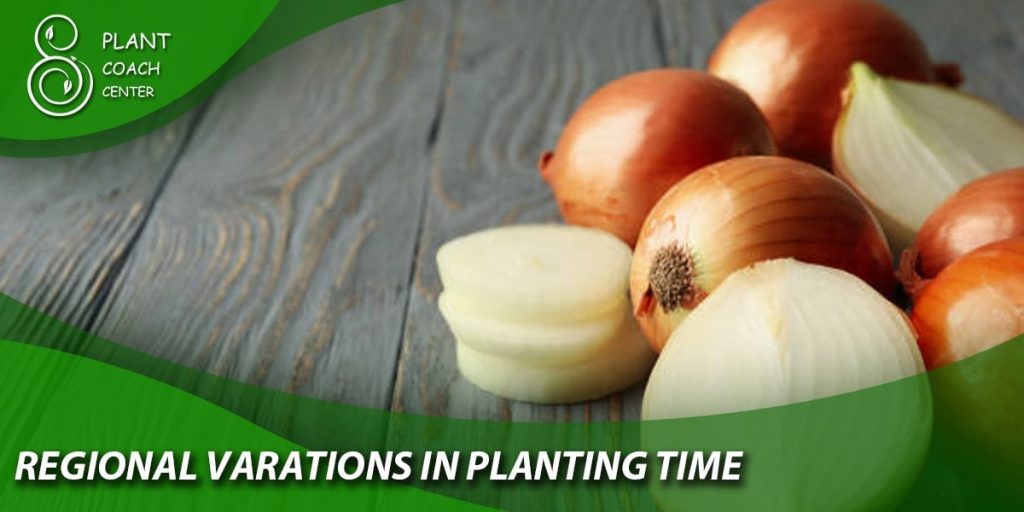
Planting Onion Bulbs in Different Climate Zones
The timing of onion bulb planting can vary based on your region’s climate and growing season. Here are some general guidelines for different climate zones:
Northern Regions: In areas with shorter growing seasons, it’s advisable to start onion bulbs indoors. Begin indoor planting 8-10 weeks before the last expected spring frost. Transplant the seedlings into the garden when the soil is workable and temperatures have warmed up.
Southern Regions: Southern regions with milder climates allow for direct sowing of onion bulbs in the garden. Plant onion bulbs in late fall or early winter for a winter crop. Alternatively, plant them in early spring for a summer harvest.
Adjusting Planting Time for Local Conditions
Even within the same climate zone, microclimates can exist due to variations in sunlight exposure, wind patterns, and local geography. To fine-tune your planting time, consider the following:
Observe and record local weather conditions: Keep track of temperature fluctuations, frost dates, and other relevant weather patterns in your area.
Consult gardening resources specific to your region: Local gardening guides, extension services, or experienced gardeners in your area can provide valuable insights and recommendations for onion bulb planting.
Preventing Common Onion Seed Diseases
Onion seeds can be susceptible to several common diseases that can impact their germination and overall health. Understanding these diseases and implementing preventive measures is crucial for successful onion seed planting. Here are some common diseases that affect onion seeds.
Damping-off: Damping-off is a fungal disease that affects young seedlings, causing them to rot at the soil line and eventually collapse.
Fusarium Basal Rot: Fusarium basal rot is caused by the fungus Fusarium oxysporum and affects onion bulbs and seeds. It can cause wilting, yellowing, and rotting of the basal plate.
Downy Mildew: Downy mildew is a fungal disease that affects onion foliage, causing yellowing, wilting, and the development of grayish spores on the undersides of leaves.
Pink Root: Pink root is a soil-borne disease caused by the fungus Phoma terrestris. It attacks the root system, causing stunted growth, discoloration, and eventual death of the plant.
Botrytis Leaf Blight: Botrytis leaf blight, caused by the fungus Botrytis squamosa, affects onion foliage, resulting in grayish-brown lesions and leaf decay.
Conclusion
Planting onion bulbs requires careful consideration of various factors, including climate, temperature, daylight requirements, soil conditions, and regional variations. By understanding the anatomy of onion bulbs and the benefits they offer, you can make informed decisions to ensure a successful harvest.
Remember to consider your specific climate zone and adjust planting times accordingly. With proper timing, techniques, and attention to soil preparation, you can enjoy a bountiful crop of delicious onions straight from your garden.
Can I plant onion bulbs in the spring?
Yes, you can plant onion bulbs in the spring, but the timing may vary depending on your region's climate.
Is it necessary to start onion bulbs indoors?
Starting onion bulbs indoors is not necessary but can be beneficial in regions with short growing seasons. Indoor starts allow the bulbs to develop before transplanting, giving them a head start.
Can onion bulbs be planted in containers or pots?
Yes, onion bulbs can be planted in containers or pots. Choose a container with sufficient depth to accommodate the onion bulb's growth and ensure proper drainage.


